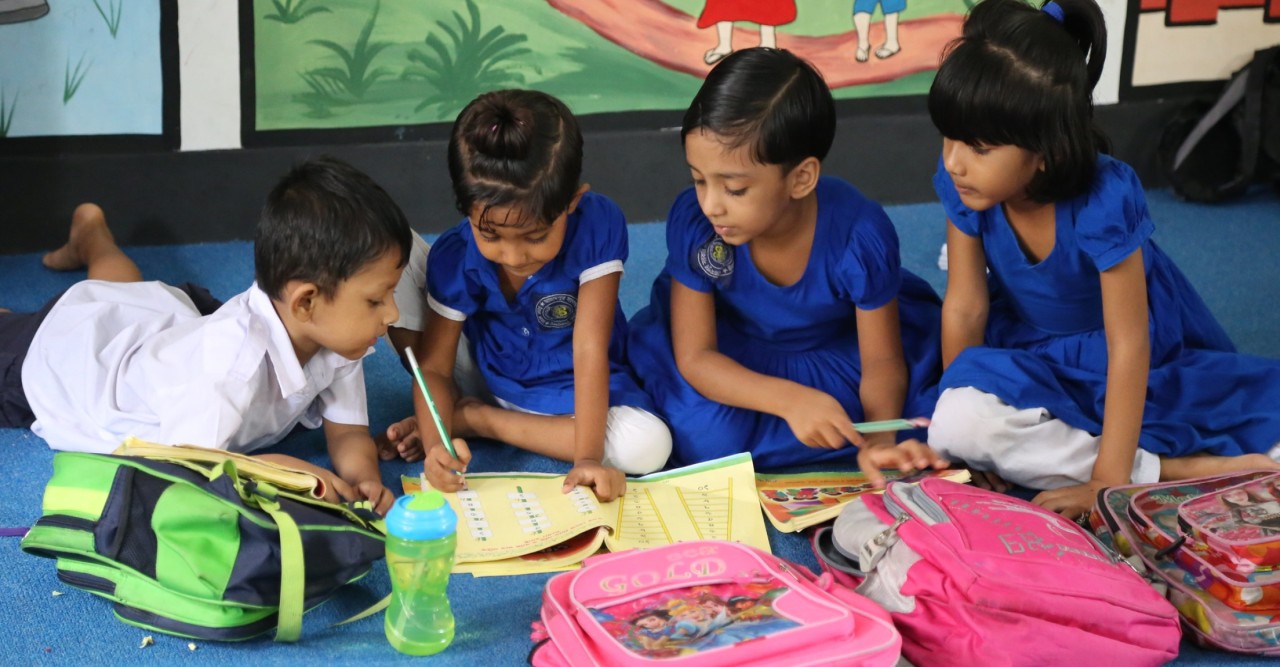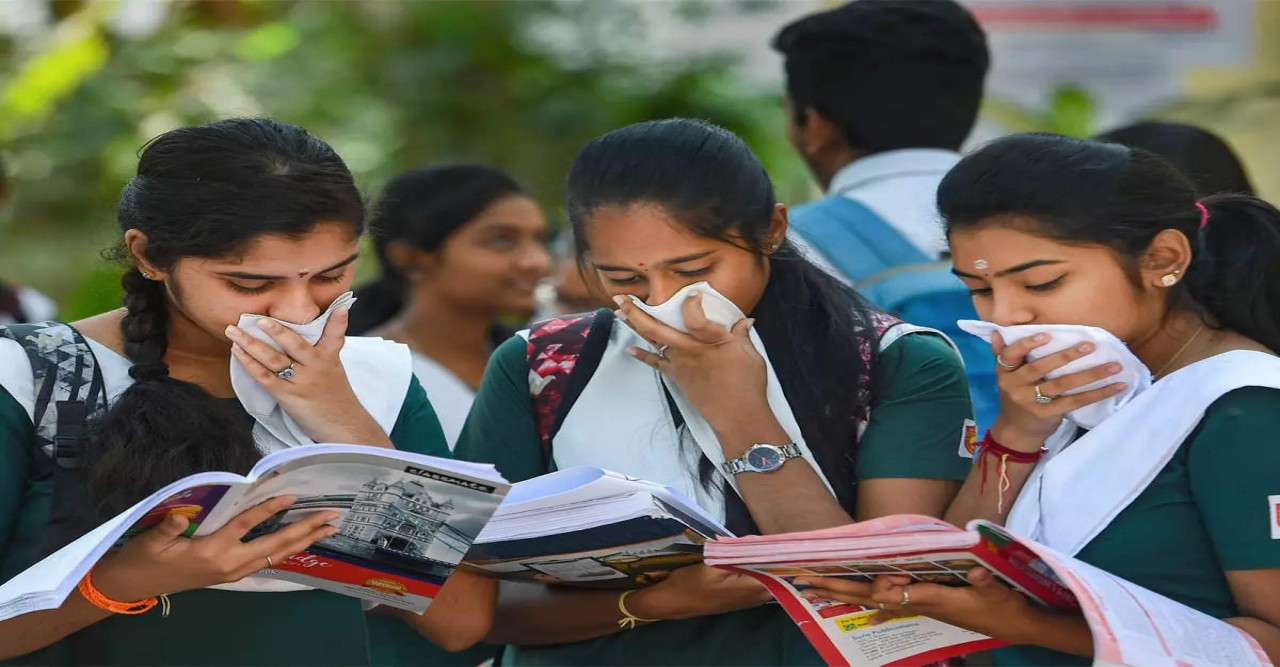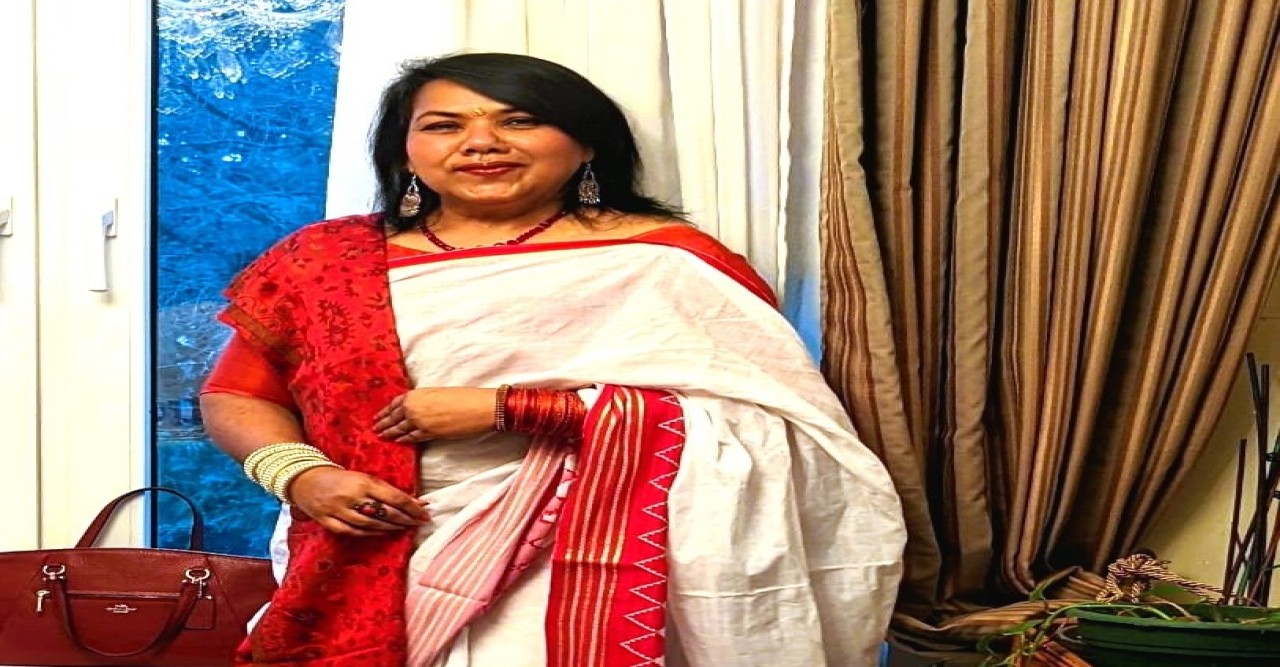
The Bangladesh educational development policy should prioritize bottom-up approaches developing an integrated primary and secondary education system
খবর প্রকাশিত: ১৪ জুন, ২০২৫, ০১:৪৪ পিএম

Pamelia Riviere
In 2017, I conducted a study with Madrassa students and teachers. I found that the students felt marginalized and struggled with their identity. In 2024, I revisited this issue and discovered that the students still felt excluded from mainstream society due to their traditional attire, such as long clothing, head coverings, and beards. This has led to an identity crisis, as they feel disconnected from their society and struggle to understand why they are not accepted as part of Bangladesh. A policy should be developed to help Madrassa students from disadvantaged backgrounds feel included and accepted in the diverse society.
I recently came across a video featuring a madrassa student delivering a speech about his experiences living in Bangladeshi society. His words prompted me to reflect on the internal struggles faced by countless madrassa students. Despite their deep affection for Bangladesh, these students encountered difficulties in expressing themselves due to societal stereotypes that unfairly characterized them as extremists. It's important to acknowledge that they've also contributed significantly to recent student movements, with some even sacrificing their lives. The madrassa students feel disheartened by being perceived as potentially violent and associated with extremism. They are eager to shed these negative labels to feel valued and accepted. The segregated education development policy in Bangladesh did not adequately address the root causes of the societal issues affecting madrassa students. Furthermore, the previous government's alliance with an Islamic party failed to reform the madrassa education system and endorsed a separate Qoumi madrassa education system.
The madrassa students feel disheartened by being perceived as potentially violent and associated with extremism. They are eager to shed these negative labels to feel valued and accepted. The segregated education development policy in Bangladesh did not adequately address the root causes of the societal issues affecting madrassa students. Furthermore, the previous government's alliance with an Islamic party failed to reform the madrassa education system and endorsed a separate Qoumi madrassa education system.
The politicization of education has made marginalized madrassa students feel excluded from society. It's evident that these students need to feel included. Transforming the madrassa education system into a unified model has the potential to revolutionize primary and secondary education in Bangladesh, benefiting both the youth population and the nation. From my experience studying at a madrassa, I can say that progressive madrassa students, teachers, and education planners recognize the feasibility of this transformative reform. Their primary requirement for this change is dialogue and agreement for an intensive overhaul to benefit the new generations. Embracing this proposal could significantly contribute to peacebuilding and improving Bangladesh's primary and secondary education systems. Bangladesh's educational development policy should prioritize bottom-up methods and consider reforming the entire Madrassa education system. In terms of holistic education, which integrates the curriculum, I propose implementing the same education system for both religious and secular education.
Embracing this proposal could significantly contribute to peacebuilding and improving Bangladesh's primary and secondary education systems. Bangladesh's educational development policy should prioritize bottom-up methods and consider reforming the entire Madrassa education system. In terms of holistic education, which integrates the curriculum, I propose implementing the same education system for both religious and secular education.
Since their establishment, madrasas have followed a secular, holistic, and science-based curriculum, encompassing subjects such as mathematics, physics, chemistry, physiology, logic, medicine, and astronomy. It is being proposed that the madrassa education system should transition to adopting a secular curriculum under the National Curriculum Education System, giving consideration to the establishment of Secular Boards. The aim is to consolidate the current Qoumi (communal) and Aliyah (secular) madrassas under one unified Secular/Bangladesh National Curriculum Board, removing the need for separate administration and providing a more standardized educational structure.
The new education system will have a comprehensive curriculum that includes Islamic studies, major world religions, and the current secular school curriculum. All Islamic subjects will be elective, so separate boards will be unnecessary. Students from madrassas should be allowed to study the same secular curriculum under one board during their primary and secondary education, just as they can study Islamic subjects. Therefore, there is no need for a separate madrassa curriculum or a separate madrassa board. If they choose to pursue higher education, they should also have the opportunity to continue with the same secular curriculum at universities.
The proposed new education system seeks to introduce a comprehensive curriculum that encompasses a wide range of subjects. This curriculum will include Islamic studies, an overview of major world religions, and the current secular school curriculum. A key feature of this new system is that all Islamic subjects will be elective, thus rendering separate boards unnecessary.
Furthermore, the system aims to provide students from madrassas with the option to pursue the same secular curriculum under one board during their primary and secondary education. This aligns with the principle that students from madrassas should have the same educational opportunities as their counterparts in traditional schools. By offering this option, there would be no need for a separate madrassa curriculum or board.
Additionally, if students from madrassas choose to pursue higher education, they should also have the option to continue with the same secular curriculum at universities. This ensures they have a seamless transition to higher education and can pursue their academic interests without unnecessary barriers.
In Qoumi madrassas, there are precedents for not allowing the national flag to be raised and the national anthem to be sung. From my observation in Alyah madrassa, students attend the assembly and participate in cultural programmes such as Hamd, Nat, and patriotic songs. This issue can be solved by having students sing the anthem without music as they sing Hamd and Nat. They can sing while sitting inside the classroom during the scorching heat, cold, windy or rainy weather.
Qoumi madrassa, another type of religious school in Bangladesh, tends to discourage secular curriculum, particularly modern science education. As a result, the madrasa education system lags behind and fails to adequately prepare students in various subjects. This can be attributed to the low-quality teaching in many madrassas, often due to the lack of proper infrastructure and science laboratories. To address this issue and ensure all Bangladeshi students receive equitable access to quality education, it is proposed that a unified board be established to oversee both madrassas and secular schools. This would enable the standardization of educational services and teaching quality across all educational institutions in Bangladesh.
When developing the curriculum, it should be tailored to students' talents. It's essential to recognize that every child is unique and requires a curriculum that meets their needs. The curriculum for average or A-category students should remain unchanged. Gifted students should be identified by their teachers in grades 2 and 6. If they are recognized as gifted by teachers and psychologists on the district curriculum board, they should be placed in the gifted program.
High schools (grades 9-12) should offer advanced math and science-focused curricula for gifted children so that they can excel and remain engaged with the material. Every child has unique abilities, and it's important to support gifted children from elementary through high school with a specific, advanced curriculum. We need a diverse curriculum that caters to both general students and gifted or enriched children who may not benefit from the standard curriculum. A one-size-fits-all approach doesn't work. We need tailored curricula based on the talents of each child. A universal curriculum, designed holistically, means that both religious and secular schools should maintain the same diverse curriculum.
Students should have the option to choose between Bengali and English language mediums as I reminisce about what we did in our time. We transitioned to English medium in grade 11. Considering the global landscape, I propose that students have the choice to opt for English as the medium of instruction from grades 9 to 12 to better equip them for higher education.
I recently came across a comment from a respected professor at Dhaka University who highlighted that students are admitted to the first year with English proficiency at the level of grade 4 and that 60 percent of the students are from madrassas. If this is indeed the case, it is a matter of concern as students encounter challenges in higher education when transitioning from Bengali to English medium of instruction.
Therefore, it would be beneficial for students to prepare during their high school years from Grades 9 to 12. This transitional period will facilitate the learning of subject material in English. This proposal would also be advantageous for gifted students as they would be engaged in an advanced curriculum. Undoubtedly, a lot can be improved in the education sector in Bangladesh.
Bangladesh's education system should not produce unprepared individuals.
As previously stated, Madrassa has implemented a secular, comprehensive, and rational curriculum since its establishment. Therefore, it is time to transition to a secular board system. There is no need to maintain separate Qoumi and secular madrassas. According to the new constitution, every child must complete Grade 12. Hence, the constitution should be amended to include a minimum education for Bangladeshi students to compete in the global market when they enter informal sectors abroad.
All types of madrassas should come under one board, the secular board, which will follow the Bangladesh National Curriculum and offer Islamic subjects as optional courses. This means that the two education systems will merge. However, as previously discussed, the curriculum should be tailored to the talents of the children.
The Interim government has the opportunity to lead this transformation and integrate millions of underprivileged madrassa students into a modern, innovative educational system that will have an international standard. The next elected government will continue this course. Nevertheless, the budget for education has to be increased to 12 percent. Hence, students get enough resources, schools can be equipped with funds for infrastructure development, and teachers get a good salary. Teachers must feel empowered, respected and motivated to teach students. This would allow them to embark on a new journey guided by a Holistic (comprehensive curriculum). Unifying the two education systems into one will build an educated, peaceful, united nation.